The task of taking good images of gross specimens in pathology is not easy. This post describes my selection of equipment that I am now using for routinely taking digital images of high quality. With this setup, each and every specimen can be documented, and it turns out to be very useful to have an image of what you have received and how you received it.
Although there is an enormously large array of digital cameras on the market that may be suitable for taking pictures in the lab, it turned out to be quite difficult to select equipment that meets the following requirements:
- good lighting, no shadows, no color distortion
- clean and neutral background
- stationary setup of camera and lighting to eliminate the handling of the camera and the need for batteries
- remote control of the camera and remote storage of the digital images on a computer or on a network
- live display of a preview image on a computer to simplify setting up the image
When shopping for a camera, it turned out that the requirement for a live preview was the most difficult to meet. But after several weeks of research and a visit to the Photokina, I found a solution that meets all these requirements and allows taking and storing very high quality digital images in seconds. The cost of the whole setup was almost 6.000 Euros (camera, lighing, computer, monitor, and accessoires). It may be of interest to other pathologists, therefore the setup will be described here:
|
Lighting: The Just DTS/FS Compact Studio Light System is a heavyweight setup (91 kg!) with two large photostudio-type lamps and tubes to mount the camera and other equipment. It can be purchased e.g. at
B+H Photo for 2500 USD. The lamps are very good, and there is also background illumination if you need that. The camera can be mounted at the vertical tubes with a "Super Clamp" from Manfrotto and a flexible camera arm, also from Manfrotto.
|
 . .
|
|
Camera: The Leica Digilux 2 has very good optics and can be fully remotely controlled on a PC, including live preview of the image. The zoom lens is adequate for the range of pictures to be taken, but it is good to have a
500D/77mm Canon close-up lens and the Leica E77 filter holder for close-ups. The camera is connected to any PC with an USB-2 cable. Viewing and shooting the image is done on the PC. There is no need for a flash memory in the camera, the images are stored on the computer.
|

|
|
Computer and Monitor: An old 500 MHz Pentium PC was used and fitted with an USB-2 card for connection to the camera. For the monitor, the 19 inch
ViewSonic VP191 was selected because it has a very bright image and two VGA sockets. Because of this, both the microscope camera and the Leica camera can be connected to this monitor. The monitor was mounted on the wall using a
Vogels EFW 1030 monitor arm.
|

|
|
Accessoires: It is important to securely fix the camera onto the lightening stand. A good solution is to use a
"Super Clamp" and the
articulate camera arm, or a
flexible camera arm. All items are manufactured by
Manfrotto.
|

|
|
Software: Although not directly relevant to this post, I use
Picasa2 to manage all the images.
This is a free software download from Google, and it nicely interacts with other tools that can be used to publish these pictures on the internet.
|

|
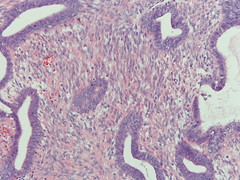
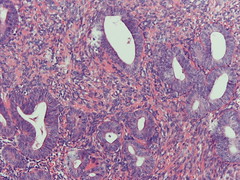


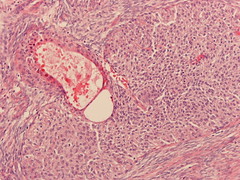
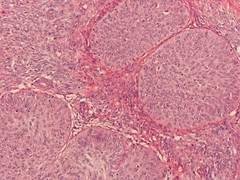



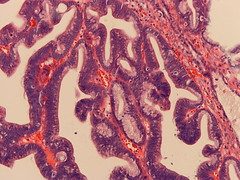


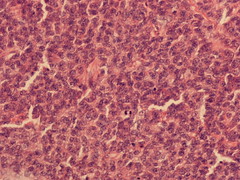
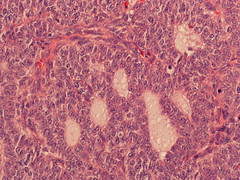

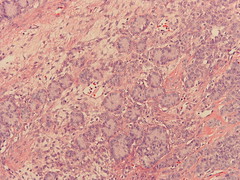
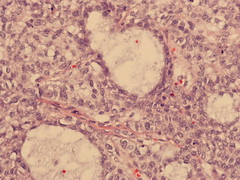

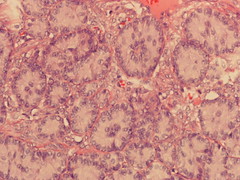
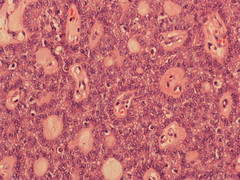
 .
.



